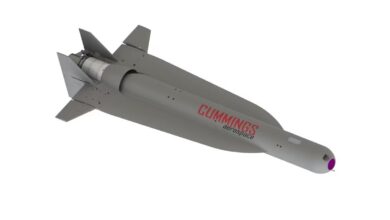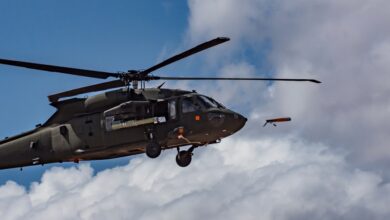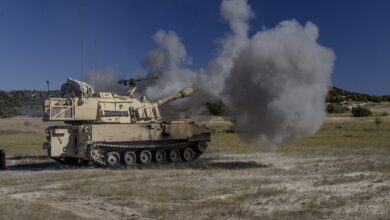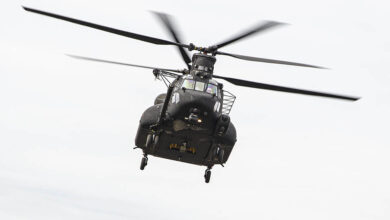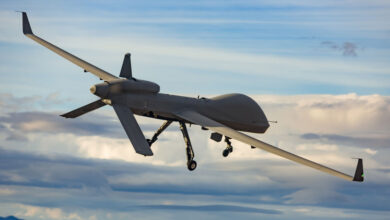US Hypersonic Weapon Fails in Latest Trial
The US hypersonic program experienced another setback on Wednesday as a newly-developed missile capable of traveling five times the speed of sound failed during a recent trial.
Conducted at the Pacific Missile Range Facility in Hawaii, the test was supposed to launch the Common Hypersonic Glide Body with a large rocket booster.
However, US Department of Defense (DoD) spokesperson Tim Gorman revealed that an “anomaly” occurred following the ignition of the hypersonic missile.
Despite being unable to complete the test, Gorman said it should not be considered a complete failure.
“While the Department was unable to collect data on the entirety of the planned flight profile, the information gathered from this event will provide vital insights,” the spokesman stressed.
The DoD said it would conduct a thorough review to identify the cause of the malfunction.
Previous Failures
The failure was the third unsuccessful missile attempt under the Conventional Prompt Strike program to develop hypersonic weapons that can be integrated into Zumwalt destroyers and Virginia-class submarines.
In October last year, a booster rocket carrying a hypersonic glide body failed to launch at the Pacific Spaceport Complex in Alaska.
Gorman told CBS News at the time that the booster stack used in the trial was not part of the program and was only for testing purposes.
The missile launch failure meant that the test was unable to provide data about the Common Hypersonic Glide Body.
In December, another US hypersonic test failed.
The AGM-183A air-launched rapid response weapon hypersonic missile failed to detach from its B-52H bomber host due to an undetermined error.
‘A Top Priority’
Despite the numerous setbacks, the defense department said that hypersonic weapons development remains “a top priority.”
Gorman claimed that the department remains confident that it is still on track to field both offensive and defensive hypersonic capabilities according to schedule.



